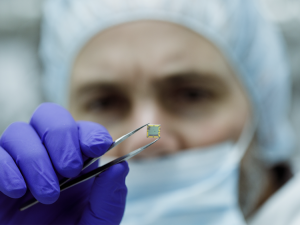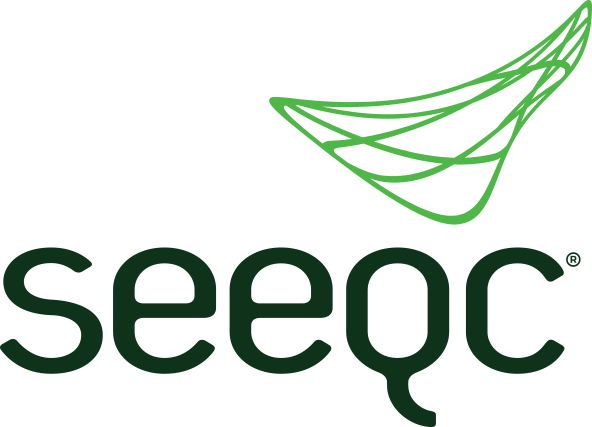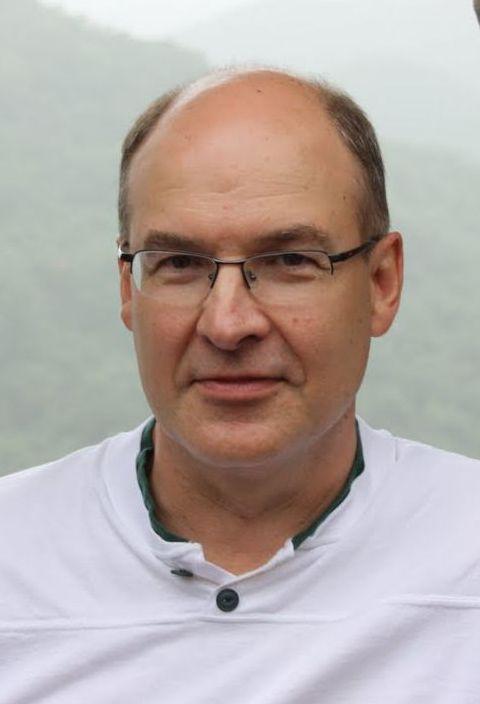
Surrounded by corporate giants entering the quantum fray, like Google, IBM and Honeywell, Seeqc may look like a quantum David to a half-dozen or so Goliaths, but, rather than slings and stones, the company says it will rely on a unique approach to quantum technology — and a growing number of key partnerships across the quantum ecosystem — to compete in this competitive field of giants.
Based in Elmsford, NY, and with facilities in the UK and EU, the company has a good corporate role model, according to Oleg Mukhanov, who serves as the startup’s Co-CEO and CTO, as well as being a company co-founder.
A few months ago, Michael Neilsen, who is an authority on quantum computing and a co-author of a seminal book about it, tweeted that he “expects the Intel (or at least Fairchild) of quantum computing will likely either be founded in the next 5 years, or already exists.” “We’re hoping that it’s us,” Mukhanov said.
That Fairchild in question was a pioneering firm in the manufacturing semiconductor transistors combined into integrated circuits starting the revolution in the electronics industry which changed the landscape of computing and a majority of other industries. Mukhanov is hoping that, by integrating classical and quantum superconducting circuits into a single module, Seeqc will inspire that same type of revolution based on their quantum twist of the integrated circuit design.

The company, which was founded in 2019, considers itself the QC industry’s first truly integrated quantum-classical computing system. The technology is based on combining highly energy-efficient single-flux quantum (SFQ) classical digital quantum management co-processor with superconducting quantum processor in a single cryogenic module.
Basically, what that means is the company’s chipset is a multichip module that combines the quantum and digital superconducting chips. According to the team, the benefit of that is that quantum computers running on this design would be more robust, faster, more easily scalable, and would greatly simplify the system design.
Just as Intel’s, Fairchild’s — and other companies that followed — integrated chips bridged the world of big classical computers to laptop sized computing devices, Seeqc’s technology is designed to bridge the divide between big, expensive and supersensitive quantum computing installations to more practical quantum computers with much wider application space.
This would address some of the disadvantages of conventional quantum approaches, according to Mukhanov which makes them look like a physics experiment rather than a computer. Seeqc design could replace racks of expensive, high energy, analogue microwave circuitry with proprietary digital chips that are co-located with qubit chips as multi-chip modules in the same ‘cryocooled’ system or cryostat.
Superconducting ultra-low power and fast clock SFQ digital logic has been developed for multiple applications including classical computing. In these applications, the cryogenic nature of superconductivity was viewed as a liability, so customers would use this technology only when the extreme performance would be required. For everything else, conventional semiconductor CMOS technology was good enough while conveniently operating at room temperatures.
This changed when quantum computing came around. Cryogenically cooled to millikelvin, superconducting qubits need fast and low power logic for control and readout functions, preferably as close to the qubits as possible, according to Mukhanov.

Some companies, like Intel, Microsoft and Google, are investigating if cryogenically cooled CMOS circuits can perform these functions inside of the cryostat. This turns out to be quite challenging, since CMOS produces significant heat – it generates a higher level of heat the faster it operates, Mukhanov said. It overloads the cryostat and generates lots of noise degrading quantum computing fidelity.
In contrast, superconducting SFQ circuits can comfortably operate at millikelvin while generating orders of magnitude less heat and working at a much faster rate than CMOS. Moreover, Mukhanov said that SFQ logic is manufactured of the same material as superconducting qubits making their integration natural.
Collaborations
Mukhanov is optimistic that the company’s design will lead to more practical quantum computers that can overcome some of the challenges behind engineering a quantum device.
“We are creating this multi-chip model and we’ve shown that the SFQ pulses, produced by our circuits, can control qubits,” he said. “If so, we said, then, let’s make it in a scalable way, one that isn’t just operating a single qubit, but one that’s operating multiple qubits, or arrays of qubits.”
Seeqc isn’t out to build a big quantum computer, just for the sake of building it. Mukhanov said they want to build a quantum computer that has a realistic practical role for actual problems and challenges, not just a lab experiment. And they want a QC that focuses on customers’ specific problems. That means the company is moving quantum out of the realm of just engineering challenges and into the realm of business challenges.
“We realize we are competing against the Googles, the IBMs, the Intels, — that’s tough competition,” Mukhanov said. “So, how can you take on these tough competitors? We think there’s a way. Instead of doing a frontal approach and just building a big, universal computer, we take the approach of talking to the customer, seeing what they want and only building what they need.”
The company has already identified a few of those customers and have begun working with them. Merck has been an early supporter and customer of the startup.
The Wall Street Journal reported in spring that M Ventures, the corporate venture arm of Merck, invested $5 million in Seeqc. With this Series A funding, the chemical industry giant is betting that Seeqc’s approach will be successful and that in a few years, its quantum devices could be used in investigating new chemical compounds. Previously, the startup received a $6.8 million seed from investors, including BlueYard Capital, Cambium, NewLab and the Partnership Fund for New York City.
In September, Seeqc announced it had closed its $22.4 Million Series A Round, a strategic investment led by EQT Ventures. This investment brings Seeqc’s total venture funding to over $29 million.
Mukhanov said that the future of quantum computation will likely start in industries that already have a unique need to solve big, computationally-intensive problems, such as pharmaceuticals and materials research.
“Chemical and pharmaceutical companies have a particular need when they are searching for new materials,” Mukhanov said. “They typically investigate a great variety of combinations of materials until they find something useful. But, that can be expensive and time-consuming — as well as consuming a lot of labor. So, they have built computer simulations that can model compounds and chemical reactions, in order to reduce the number of those combinations.”
These companies realize that classical computation will not scale in a way to solve these problems and find these compound combinations easily, according to Mukhanov. That makes quantum computing’s potential to perform hard computations particularly desirable.
According to Mukhanov, in the future, the company will continue to follow this three-pronged approach: develop the technology, seek customer feedback for technology refinement, and pursue the right partnerships and collaborations.
If you found this article to be informative, you can explore more current quantum news here, exclusives, interviews, and podcasts.
















